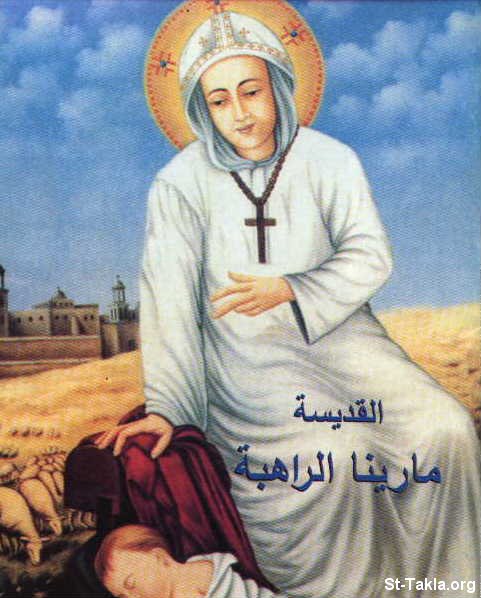One of the most interesting things about these stories in general is the tone in which they are written. The violence and torture that these women undergo is described rather graphically, with a child's brains spilling onto the ground and marrow coming out of broken bones. Despite the pain, the tone still maintains a type of innocence or naivete. that seems almost paradoxical. Although the women suffer physically, they remain spiritually untouched. Because of this, the constant torture and death does not render these stories tragedies, but rather a sort of triumph.
As far as specific stories go, I am curious about Marine. Since she valued her obedience and purity, why did she confess to a sin she did not commit? The only benefit I can see is that the child was brought up in a monastery with someone who would care for them well. Mary of Egypt differs from the others both in that she does not begin her life as a steadfast believer and in that her travails are ascetic and self-inflicted.

Marine the Monk. Web Source: St. Takla.
While I enjoyed the archaic language of these stories, I think I will have to use more modern language in my retelling. I'm less sure whether I can replicate the tone of the stories that I mentioned earlier. One possibility would be to retell them from another figure's point of view, possibly the torturer or the hangman in Margaret's story.
Bibliography: Voragine's The Golden Legend, link to the reading online.
Aucun commentaire:
Enregistrer un commentaire